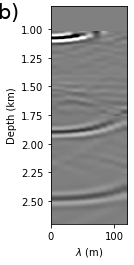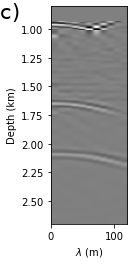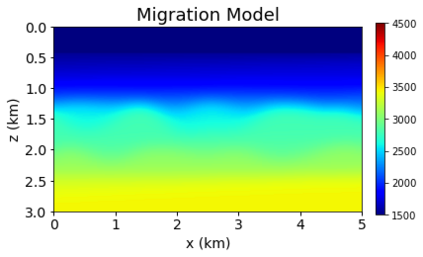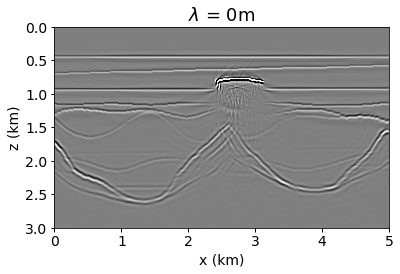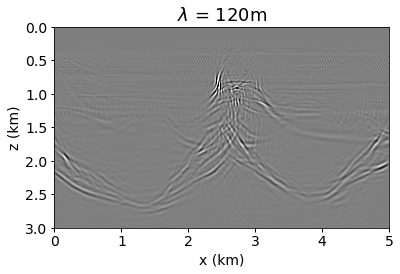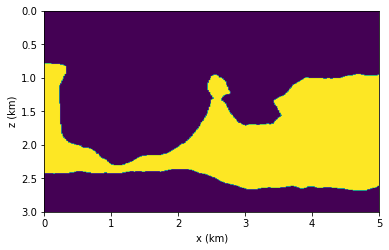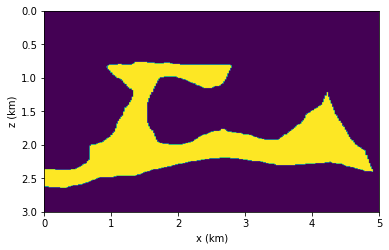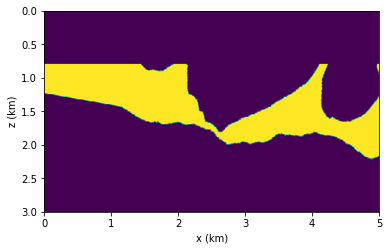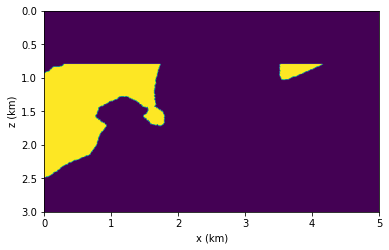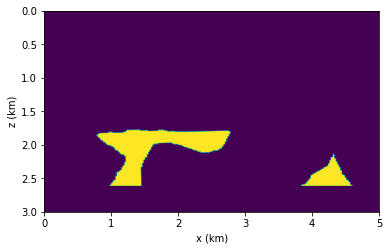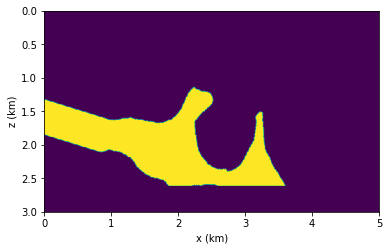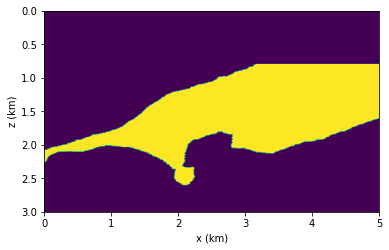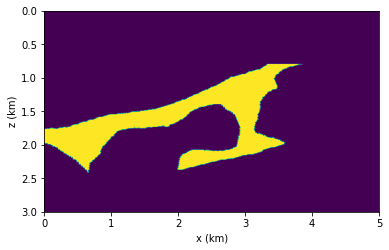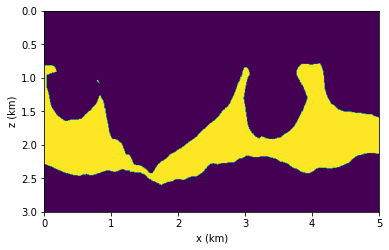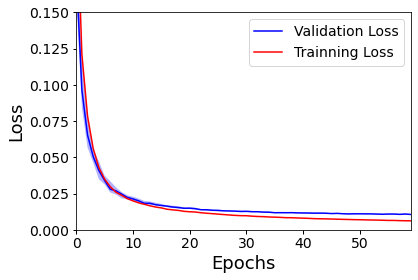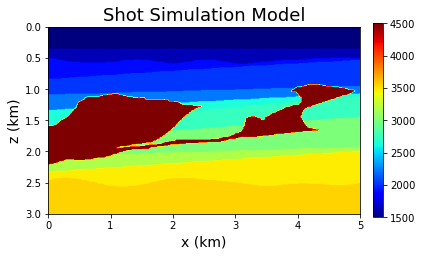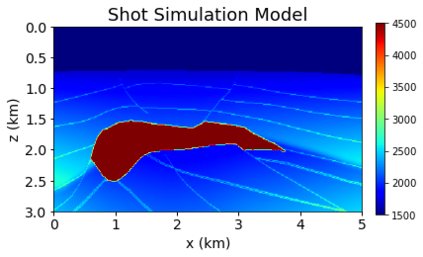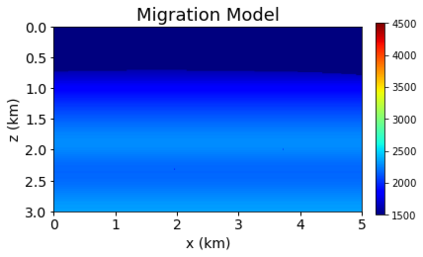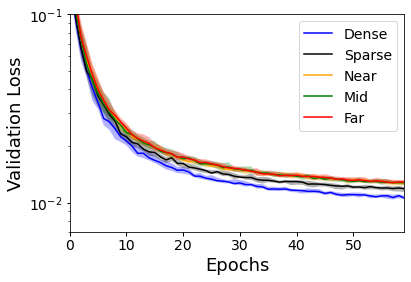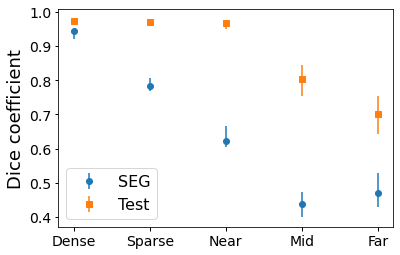Delimiting salt inclusions from migrated images is a time-consuming activity that relies on highly human-curated analysis and is subject to interpretation errors or limitations of the methods available. We propose to use migrated images produced from an inaccurate velocity model (with a reasonable approximation of sediment velocity, but without salt inclusions) to predict the correct salt inclusions shape using a Convolutional Neural Network (CNN). Our approach relies on subsurface Common Image Gathers to focus the sediments' reflections around the zero offset and to spread the energy of salt reflections over large offsets. Using synthetic data, we trained a U-Net to use common-offset subsurface images as input channels for the CNN and the correct salt-masks as network output. The network learned to predict the salt inclusions masks with high accuracy; moreover, it also performed well when applied to synthetic benchmark data sets that were not previously introduced. Our training process tuned the U-Net to successfully learn the shape of complex salt bodies from partially focused subsurface offset images.
翻译:我们提议使用不精确速度模型(以沉积物速度合理近似,但不包括盐)产生的迁移图像,以预测正确的盐添加形状,使用进化神经网络(CNN)。我们的方法依靠地表下共同图像收集沉积物的反射焦点,将盐反射的能量分散到大比例上。我们利用合成数据,培训了一个U-Net,将普通倾斜的次表层图像用作CNN的输入渠道,并将正确的盐质量作为网络输出。这个网络学会了以高精度预测含盐面罩;此外,当应用到以前没有引入的合成基准数据集时,它也表现良好。我们的培训过程对U-Net进行了调整,以便成功地从部分聚焦的地下反射图像中学习复杂的盐体形状。


